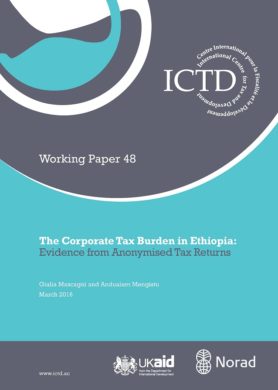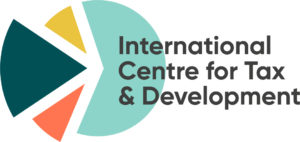ICTD Working Paper 48
This paper computes and analyses the tax burden on Ethiopian corporations, measured by the average effective tax rate (ETR) on their profit. Our strongest result regards the relation between tax burdens and firm size. We find a statistically significant U-shaped relation between ETR and size. While small firms face the highest tax burden, the largest firms still pay more than middle-sized firms. It is this latter group that benefits from lower tax burdens.
These results suggest that both small and large firms face constraints in minimising their taxes, but these constraints are fundamentally different. While small firms do not have the capacity and resources to fully exploit the tax system, large firms are highly visible and under greater scrutiny by the tax authority. This speculative interpretation is supported by the available data on firms’ deductions. We also find that exporting firms, firms that pay their taxes in regional offices as opposed to Addis Ababa, and firms with higher leverage have lower tax burdens.

